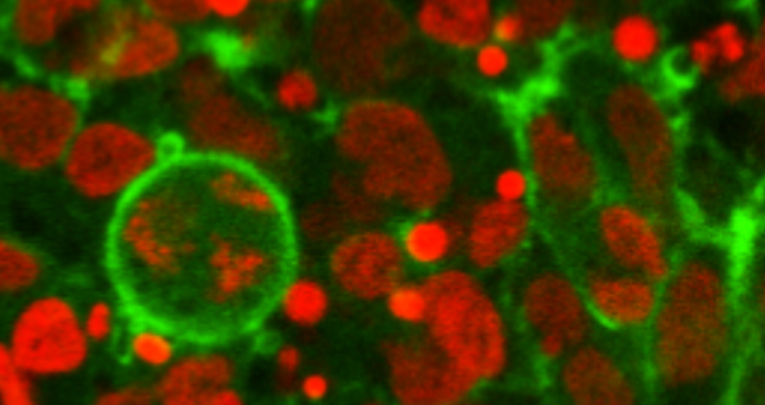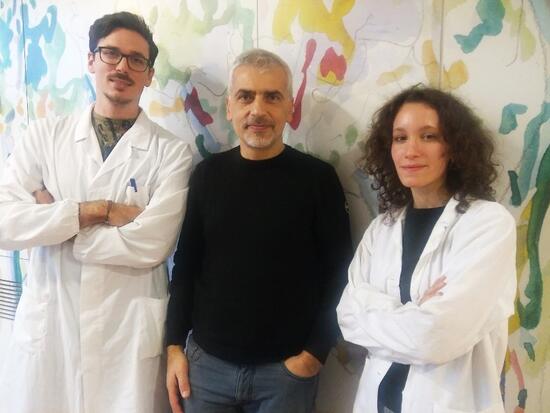
September 24, 2024
Journal of Clinical Investigations
Modeling primary microcephaly with human brain organoids reveals fundamental roles of CIT kinase activity
Open access
Gianmarco Pallavicini, 1,2 Amanda Moccia, 3 Giorgia Iegiani, 1,2 Roberta Parolisi, 1,2 Emily R. Peirent, 4 Gaia Elena Berto, 1,2 Martina Lorenzati, 1,2 Rami Y. Tshuva, 5 Alessia Ferraro, 1,2 Fiorella Balzac, 6 Emilia Turco, 6 Shachi U. Salvi, 3 Hedvig F. Myklebust, 3 Sophia Wang, 3 Julia Eisenberg, 3,7 Maushmi Chitale, 3 Navjit S. Girgla, 3 Enrica Boda, 1,2 Orly Reiner, 5 Annalisa Buffo, 1,2 Ferdinando Di Cunto, 1,2 and Stephanie L. Bielas 3,4,7
Research group: Embryonic Neurogenesis
Brain size and cellular heterogeneity are tightly regulated by species-specific proliferation and differentiation of multipotent neural progenitor cells (NPCs). Errors in this process are among the mechanisms of primary hereditary microcephaly (MCPH), a group of disorders characterized by reduced brain size and intellectual disability. Biallelic citron rho-interacting serine/threonine kinase ( CIT ) missense variants that disrupt kinase function ( CITKI/KI ) and frameshift loss-of-function variants ( CITFS/FS ) are the genetic basis for MCPH17; however, the function of CIT catalytic activity in brain development and NPC cytokinesis is unknown.
Therefore, we created the CitKI/KI mouse model and found that it did not phenocopy human microcephaly, unlike biallelic CitFS/FS animals. Nevertheless, both Cit models exhibited binucleation, DNA damage, and apoptosis. To investigate human-specific mechanisms of CIT microcephaly, we generated CITKI/KI and CITFS/FS human forebrain organoids. We found that CITKI/KI and CITFS/FS organoids lost cytoarchitectural complexity, transitioning from pseudostratified to simple neuroepithelium. This change was associated with defects that disrupted the polarity of NPC cytokinesis, in addition to elevating apoptosis.
Together, our results indicate that both CIT catalytic and scaffolding functions in NPC cytokinesis are critical for human corticogenesis. Species differences in corticogenesis and the dynamic 3D features of NPC mitosis underscore the utility of human forebrain organoid models for understanding human microcephaly.
From the left: dr. Gianmarco Pallavicini, prof. Ferdinando Di Cunto and dr. Giorgia Iegiani
1
Neuroscience Institute Cavalieri Ottolenghi, Turin, Italy.
2
Department of Neuroscience “Rita Levi Montalcini”, University of Turin, Turin, Italy.
3
Department of Human Genetics and
4
Neuroscience Graduate Program, University of Michigan Medical School, Ann Arbor, Michigan, USA.
5
Departments of Molecular Genetics and Molecular Neuroscience, Weizmann Institute of Science, Rehovot, Israel.
6
Department of Molecular Biotechnology and Health Sciences, University of Turin, Turin, Italy.
7
Department of Pediatrics, University of Michigan Medical School, Ann Arbor, Michigan, USA.








